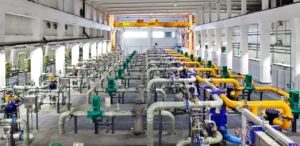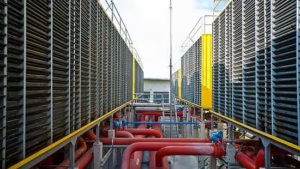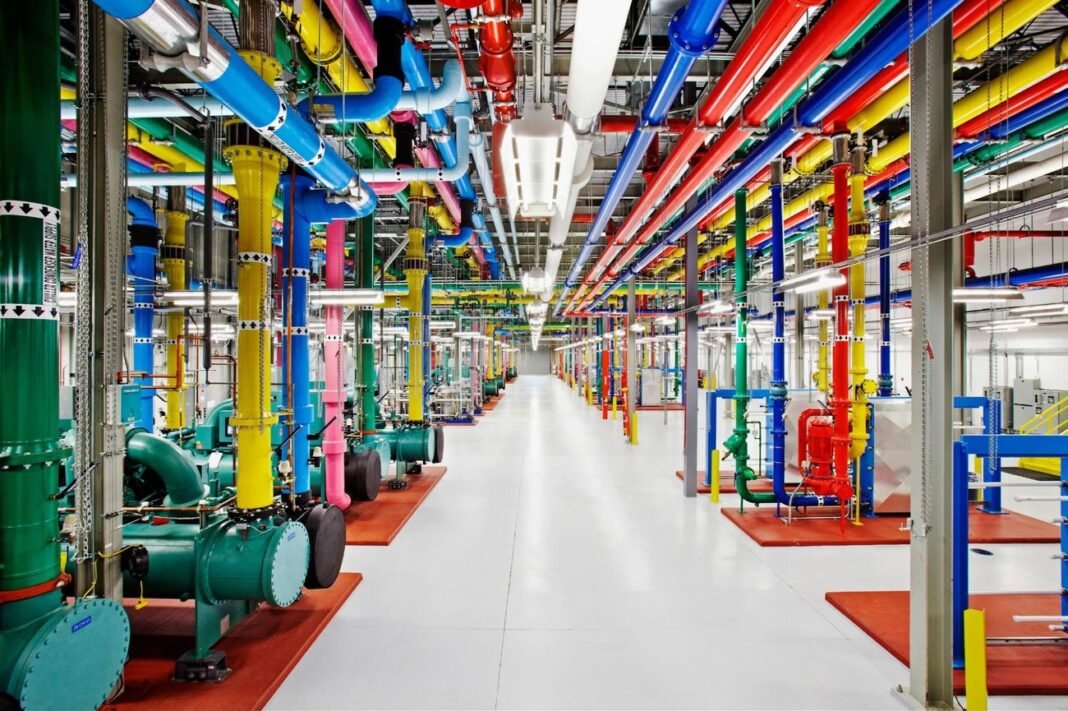Africa’s food security challenges have reached a critical juncture as foreign aid diminishes and climate impacts intensify. Cooling infrastructure stands at the center of potential solutions, offering a pathway to reduce the staggering food waste across the continent.
With proper investment and innovative approaches, these systems could transform food preservation capabilities throughout sub-Saharan Africa.
Current State of Food Security in Africa
Recently, Agriculture Minister John Steenhuisen delivered a sobering warning at the Nutrition for Growth Summit in Paris. “We need to become far more resilient,” he urged, highlighting the urgent need for self-sufficiency as global humanitarian aid suddenly drops.
This warning comes at a particularly challenging time, as the United States has frozen significant portions of foreign aid that previously supported food security initiatives.
In 2024, the US committed $577 million through USAID’s Feed the Future program to promote agricultural growth across sub-Saharan Africa.
However, this funding now faces uncertainty, potentially undermining years of progress in building sustainable food systems. Although South Africa receives less than 0.3% of its GDP in foreign aid, the ripple effects of regional food insecurity will inevitably cross borders.

The Hidden Crisis of Food Waste
Moreover, an often overlooked aspect of Africa’s food security challenge lies in post-harvest losses. Approximately 37% of food in sub-Saharan Africa spoils before reaching markets.
These losses directly impact availability and drive up prices, particularly affecting vulnerable populations who spend a significant portion of their income on food.
Additionally, the dismantling of Power Africa, an initiative designed to expand electricity access, further complicates food preservation efforts.
According to the International Energy Agency, 57% of households across Africa lack access to reliable power. This energy deficit directly undermines food preservation capabilities since refrigeration and processing facilities require consistent electricity.
Energy Access and Food Preservation Connection
The relationship between energy availability and food security remains undeniable. Without reliable power, communities cannot operate:
- Cold storage facilities for extending produce shelf life
- Processing equipment to preserve seasonal harvests
- Refrigerated transport to move goods to the market
Each link in this chain depends on consistent power and appropriate cooling infrastructure to function effectively. When any component fails, the entire system becomes vulnerable.
Cooling-as-a-Service: An Innovative Approach
Fortunately, innovative models are emerging to address these challenges. Cooling-as-a-Service (CaaS) represents a particularly promising approach for expanding access to refrigeration without overwhelming upfront costs.
This model allows farmers and food processors to access efficient cooling systems through service agreements rather than capital investments.
Through these arrangements, local businesses can:
- Utilize modern, energy-efficient cooling technologies
- Maintain operational flexibility while reducing financial risk
- Focus resources on production rather than infrastructure maintenance
- Adapt capacity based on seasonal needs
The CaaS model has gained significant traction across the continent, with implementation underway in Kenya, Nigeria, Rwanda, and South Africa. These programs demonstrate how innovative financing can overcome traditional barriers to cooling infrastructure development.

Building Regional Resilience
As foreign aid becomes less reliable, strengthening regional trade networks offers an alternative path to food security. Effective cold chain systems within Africa could ensure surplus production from one area reaches regions experiencing shortages.
This approach not only prevents food waste but also creates economic opportunities while reducing dependence on external assistance.
Furthermore, robust cold chains can mitigate several cascading problems:
Preventing Migration Pressures
When local food systems collapse, communities often face impossible choices. Many people migrate in search of better conditions, creating demographic pressures across borders. By preserving local food production and distribution capabilities, functional cooling systems help maintain community stability.
Reducing Resource Conflicts
Competition for dwindling resources frequently leads to conflict. By maximizing the usable yield from existing agricultural production, effective cold chains reduce pressure on available food supplies. This efficiency can help prevent resource-driven tensions from escalating into broader conflicts.
Expert Editorial Comment
Addressing Africa’s cooling challenges demands coordination between governments, private enterprises, and development partners.
The solution must combine policy frameworks that incentivize investment with technological innovation that makes systems more affordable and sustainable.
Most importantly, this approach recognizes that food security isn’t just about production, it’s equally about preservation and distribution.
With targeted investment in cooling infrastructure, Africa can significantly reduce its vulnerability to external shocks while building more resilient local food systems.

